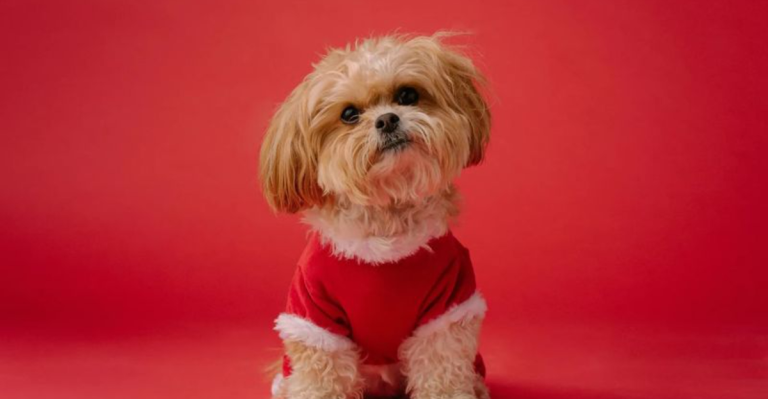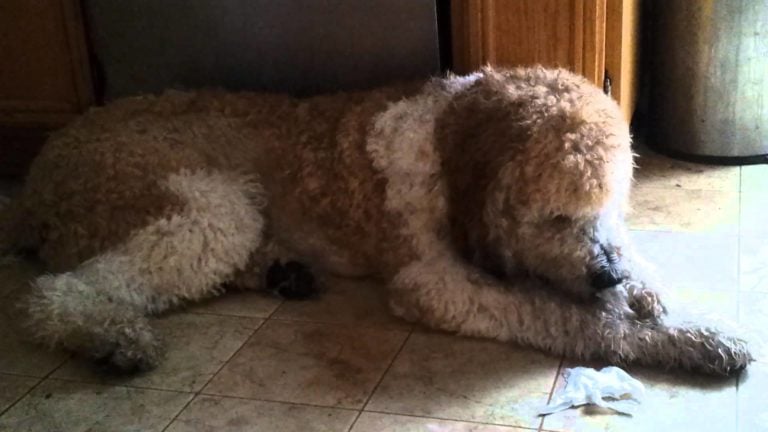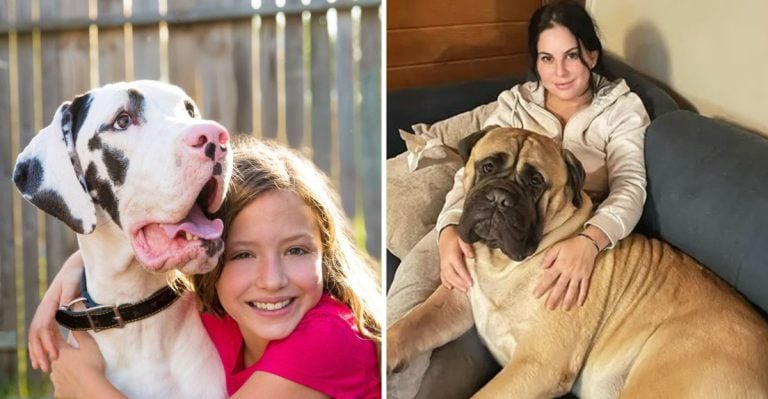15 Dogs That Shaped The Norse And Nordic World

Before longboats and battle axes, the Norse and Nordic peoples had tough and loyal dogs bred with purpose. These weren’t just companions but workers, essential to survival in unforgiving terrain. Each breed played a distinct role in shaping daily life across Scandinavia and beyond. If you’re curious how dogs helped build Viking-era culture, here are the stories of those 15 breeds.
Norwegian Elkhound

Viking warriors didn’t just take swords into battle—they took these fearless hunters. Elkhounds tracked elk like they had a personal vendetta. This was your dog if you needed a loyal, fierce partner in the wilderness. They stayed active and engaged, mirroring the determination of their masters through every challenge they faced.
Icelandic Sheepdog

In Viking Age Iceland, the Icelandic Sheepdog guarded flocks and guided families through harsh terrain. It played a vital role in everyday survival. Herding sheep on jagged terrain was no easy task, but this breed did it effortlessly. It was all about getting the job done regardless of the weather.
Swedish Vallhund

Don’t let their compact size fool you because Vallhunds were born for action. These agile dogs had the drive and stamina to keep livestock in line across rugged terrain. If you were a Viking farmer, you knew the value of a dog that could herd and guard.
Norwegian Buhund

Shipboard life was rough, but Norwegian Buhunds took it in stride. Vikings often took these resilient dogs on long voyages, where the animal excelled at herding, guarding, and more. These dogs knew their role before the orders were given.
Danish-Swedish Farmdog

The Danish-Swedish Farmdog originated in rural Scandinavia as a versatile working breed. Though small, it played a significant role on Viking farms—hunting vermin, alerting intruders, and maintaining order within the homestead. It earned its place through sharp senses and constant vigilance.
Greenland Dog

Greenland’s harsh climate demands more than endurance. It demands adaptability. Enter the Greenland Dog. Bred by the Thule for sled work, these dogs excelled in subzero temperatures. The Alaskan tribe valued function over luxury, which is why existence meant relying on these tough, tireless canine companions.
Lapponian Herder

Picture this: a dog as tough as the land it roams. Instinct, not just strength, was the Lapponian Herder’s greatest asset. Herding reindeer across the frozen north, these dogs played a vital role in the Sami lifestyle as the traders admired their reliable and efficient ways of corralling.
Jamthund

Want a dog that knows how to handle the wild? Meet the Jamthund. The breed took on moose and bears, never backing down. Known for sharp prey drive and acute awareness, it was the hunter’s preferred companion in Scandinavia’s dense, unforgiving forests.
Karelian Bear Dog

With its unshakable focus and relentless drive, the Karelian Bear Dog embodies the spirit of a true predator. Raised to track and confront large, dangerous animals, this dog shows no fear. When hunting grows perilous, it’s the breed you want at your side for courage coupled with skill.
Samoyed

That thick white coat did more than shine; it shielded the Samoyed from brutal cold. Used for sled work and reindeer herding, it easily handled tough terrain. Vikings likely met these dogs while trading in the Far East, where resilience and quiet strength were the keys to sustenance.
West Siberian Laika

Untamed and built for the hunt, the West Siberian Laika was as rugged as the Siberian wilderness, where it chased down everything from wolves to boar. Vikings didn’t just cross paths with them; they respected their fierce, battle-tested instincts.
Siberian Husky

Curious what kind of dog could thrive in the Arctic and still love to run? It’s the Siberian Husky. These dogs were bred for resilience and speed, traits the Chukchi people admired on their long journeys. With thick double coats and efficient metabolism, they were also ideal for Arctic travel.
Yakutian Laika

Developed in tough Siberian terrain, the Yakutian Laika was designed for resilience and function over aesthetics. It pulled sleds and protected camps, always alert to its surroundings. This dog held steady in weather that broke others—a trusted partner in the deadliest environments.
Alaskan Malamute

Sled dogs served as more than helpers in the Arctic—they were essential support. Alaskan Malamutes, though not Viking companions, share traits with powerful dogs the seafarers prized. Their unmatched endurance and strength also made them capable of hauling heavy loads across endless stretches of frozen wilderness.
Finnish Lapphund

The Finnish Lapphund used to creep through snowy forests, working without hesitation. In the cold, they were silent but powerful allies, tracking and guiding reindeer as though they had lived their entire life in the Arctic winds.





